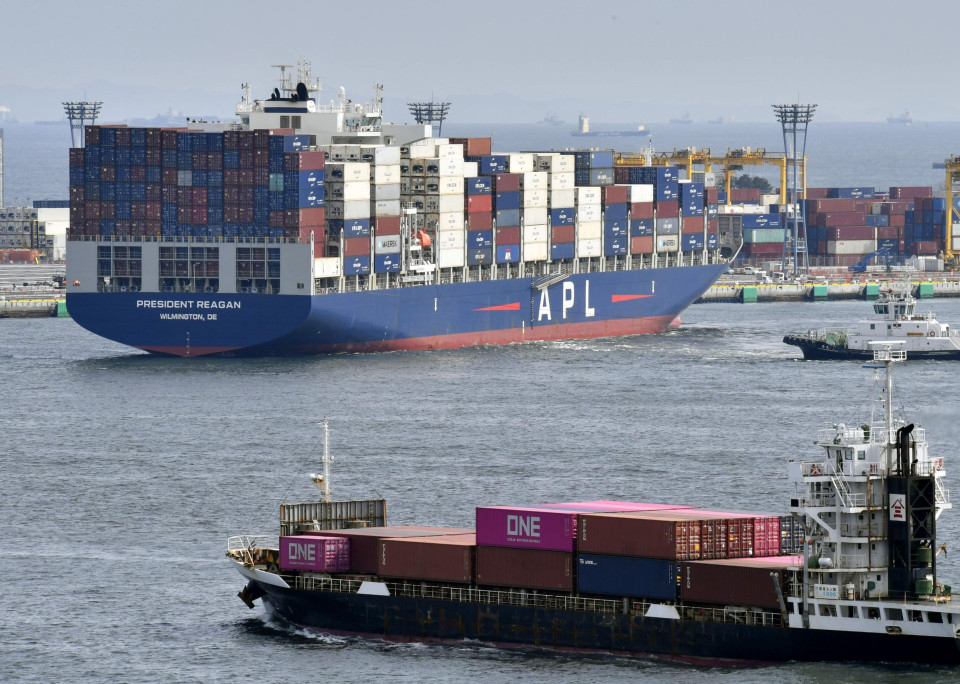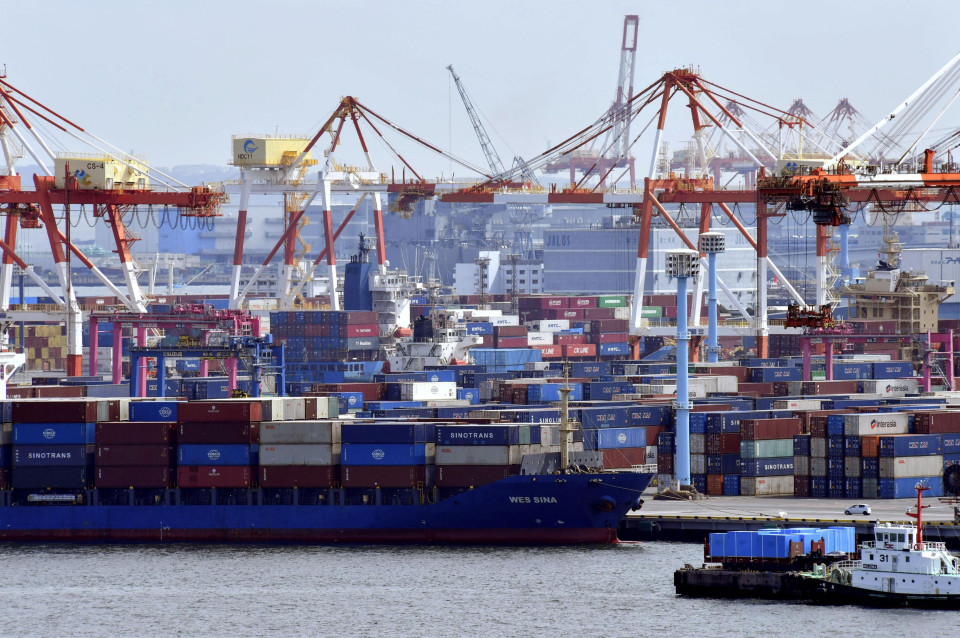U.S. President Donald Trump’s most sweeping round of tariffs took effect early Wednesday, with his top trade officials planning first to launch negotiations with Japan and several other allies.
Under the newly imposed scheme, major U.S. trading partners, especially those in Asia, face much higher tariff rates, with goods from China hit by 84 percent, Cambodia 49 percent, Vietnam 46 percent, Thailand 36 percent and Japan 24 percent.
The tariffs targeting almost all countries and regions worldwide, announced by Trump last week, have rattled financial markets and raised fears that they could upend the global trading system and hamper economic growth at home and abroad.
A week ago, Trump unveiled minimum 10 percent tariffs on all imports, which went into effect on Saturday, along with what he called “kind reciprocal” levies on goods from about 60 countries his administration claims are the worst offenders in trade relations with the United States.
As for China, the rate of the so-called reciprocal tariffs was initially 34 percent.

A “Made in China” label is seen on a baseball cap in San Anselmo, California, on April 8, 2025.(Getty/Kyodo)
But Trump, angered by China’s retaliatory action, said Monday his administration had decided to impose additional tariffs of 50 percent on goods from China, meaning that the rate has been raised to a total of 104 percent since the inception of his second presidency on Jan. 20.
In parallel, Trump has rolled out product-specific additional tariffs of 25 percent, covering the auto, aluminum and steel sectors, which are exempt from the new reciprocal scheme.
At a Republican event Tuesday night, Trump reiterated that imposing import taxes for U.S. strategic sectors is important and said he will “very shortly” announce a “major tariff” on pharmaceuticals.
Trump has ruled out a pause on the wave of tariffs, claiming that they are indispensable to spur economic growth and jobs in the United States, and dismissed the recent market turmoil as short-term pain.
On Tuesday, White House spokeswoman Karoline Leavitt said, “I think the president is going to have a custom, tailor-made approach to each and every country.”
Speaking at a press briefing, she said, “That means discussions of foreign aid, of our military presence in these countries, how those troops are paid for…could be part of…these economic negotiations.”
Trump administration officials have said U.S. allies such as Japan and South Korea have been given priority in negotiations.
They claimed nearly 70 countries have already reached out to the administration to seek deals.
Leavitt’s remarks indicated that the forthcoming negotiations would not merely focus on trade issues.
Concerning Japan, her remarks reflected the administration’s desire to have Tokyo spend more on hosting costs for U.S. troops based in the Japanese archipelago.

File photo shows a cargo vessel (top) bound for North America leaving Yokohama port on April 5, 2025. (Kyodo)
After speaking to South Korea’s acting President Han Duck Soo on Tuesday, Trump wrote on his Truth Social platform, “Like with South Korea, we are bringing up other subjects that are not covered by Trade and Tariffs.”
Calling this kind of approach “one stop shopping” that is more efficient, Trump added, “China also wants to make a deal, badly, but they don’t know how to get it started.”
While testifying about Trump’s tariff regime before the U.S. Senate, Trade Representative Jamieson Greer, said, “We feel like we could have more and better agricultural market access (in Japan).”
Greer, who has been tasked by Trump to lead talks with Treasury Secretary Scott Bessent, also pointed out that there are “structural impediments” for U.S. industrial exports to Japan and they plan to raise issues that are not purely associated with the trade sector as well.
“I think all of these factors will go into these discussions with Japan in the coming weeks,” he said.
Related coverage:
Nissan mulls moving some production to U.S. to soften tariff impact
Japan PM close aide Akazawa to take charge of tariff talks with U.S.
Trump threatens to slap additional tariffs of 50% on China on Wed.


AloJapan.com